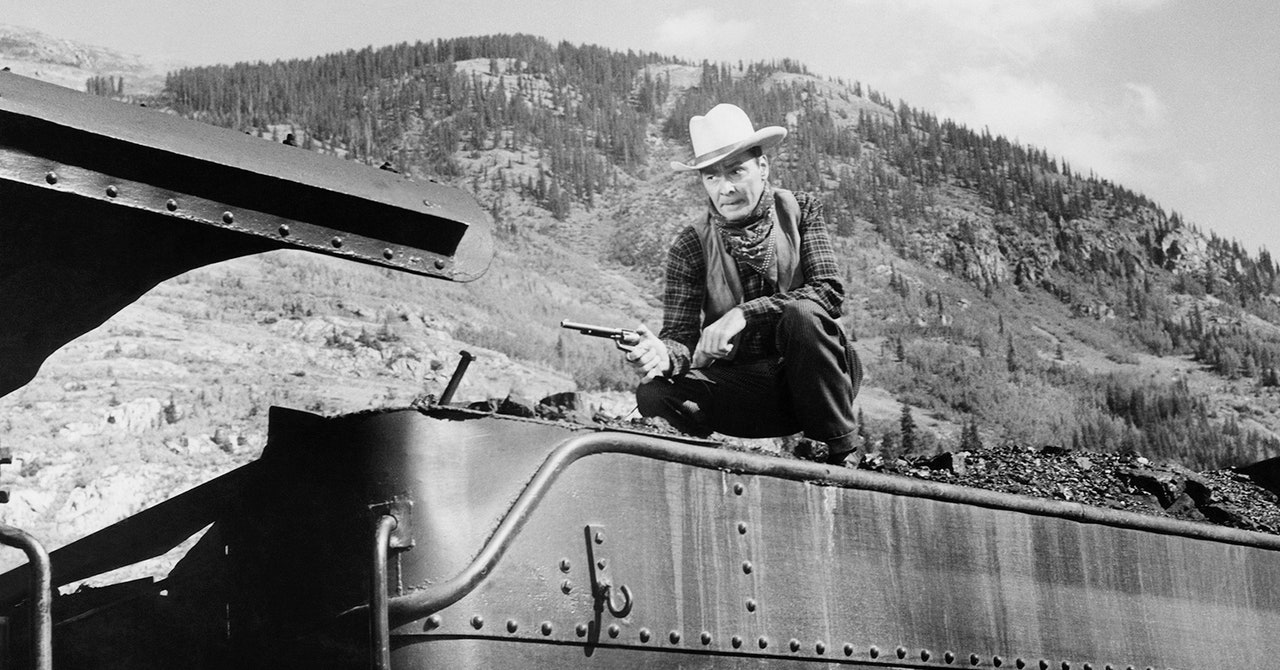Just because you’ve seen something in a movie doesn’t mean you should try it yourself. For example, let’s take a person running on a moving train. First of all, you can’t be sure it’s real. In early Westerns they used moving sets to make fake trains look like they were in motion. Now there’s CGI. Or they speed up the film to make a real train look faster than it actually is.
Here’s a question for you: Is it so? possible Walking on the roof of a train and jumping from one carriage to the next? Or will the train whiz past you in the air so that you end up behind the starting point? Or worse, would you end up falling between the cars because the gap moves forward and the distance you have to cover increases? That, my friend, is why stunt actors study physics.
Framing the action
What is physics anyway? Basically, it’s a set of real-world models that allow us to calculate forces and predict how the position and speed of things will change. However, without a frame of reference, we cannot determine the position or speed of anything.
Suppose I stand in a room, hold a ball in my hand and want to describe its location. I can use Cartesian coordinates for a 3D space to give the ball an (x,y,z) value. However, these numbers depend on the origin and orientation of my axes. It seems obvious to use a corner of the room as the origin, with the x and y axes running along the base of two adjacent walls and the z axis running vertically upward. Using this system (with units in meters) I find that the ball is at point (1, 1, 1).
What if my buddy Bob is there and measures the ball’s position in a different way? Maybe it puts the origin where the ball starts in my hand and gives it an initial position of (0, 0, 0). That also seems logical. We could argue about who is right, but that would be silly. We simply have different frames of reference, and both are arbitrary. (Don’t worry, we’ll get back to the trains.)
Now I throw the ball straight into the air. After a short time interval of 0.1 seconds, the ball is at position (1, 1, 2) in my coordinate system, which means it is 1 meter higher. Bob also has a new location, (0, 0, 1). However, note that in both systems the ball rose by 1 meter in the z direction. So we assume that the ball has an upward speed of 10 meters per second.
A moving frame of reference
Suppose I take the ball on a train traveling at 10 meters per second (22.4 miles per hour). I throw the ball straight up again – what will happen? I’m in the railcar, so I’m using a coordinate system that moves with the train. I am stationary in this moving frame of reference. Bob is standing at the edge of the tracks (he can see the ball through the windows), so he uses a stationary coordinate system in which I move.
Courtesy of Rhett Allain
